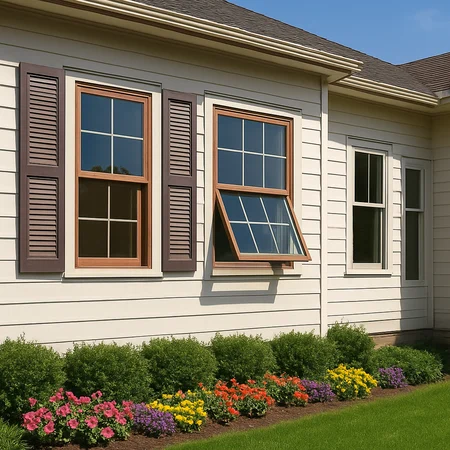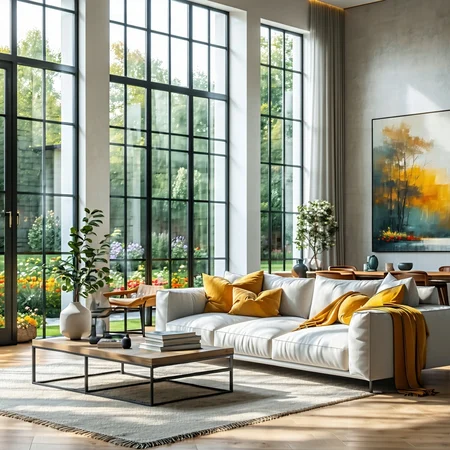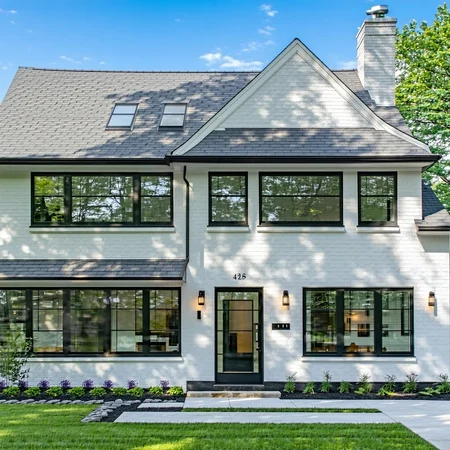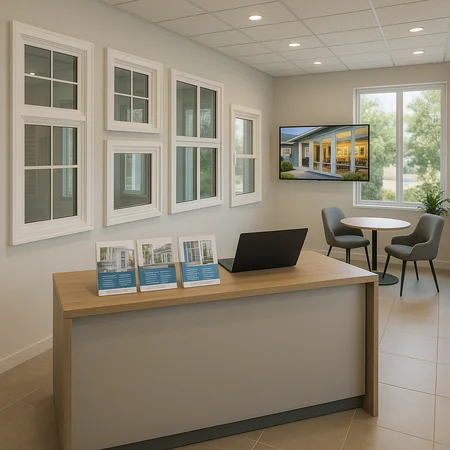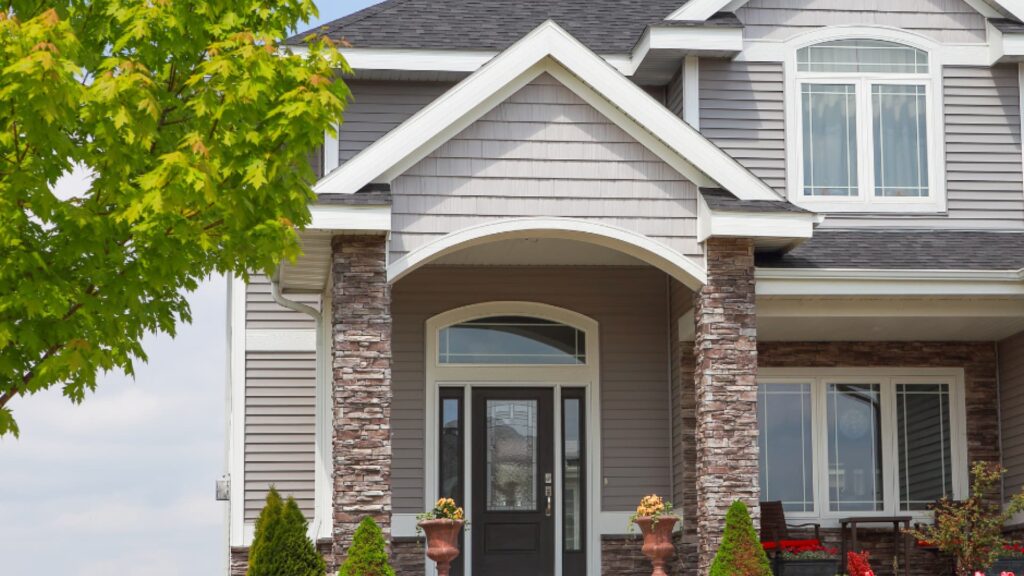
Add Curb Appeal and Value to Your Home with New Replacement Siding
With nearly two decades of experience, Windows on Washington has been dedicated to transforming the look of your home, elevating its energy efficiency and reducing future maintenance needs.
Schedule a consultation to see what a difference new siding can make for your home!
Curious about your home improvement options?
We Created a Better Way to Do Business
Simply put — we believe that improving your home should be enjoyable. That is why we spent years designing our consultations, installations, and client care experiences to provide every client with a stress-free home improvement experience. Founded in 2005, Windows on Washington has become one of the area’s most respected home improvement companies because we make our clients’ homes more beautiful, comfortable, and energy efficient.

Premier People
Honest. Loyal. Experts in their field. That’s how we describe our team members. Many of them have been with us for over 18 years! When you want your project done right, always ask WHO will be doing the work.

Premier Products
After more than 18 years in the home improvement industry, we understand the differences between various brands and we choose the products we offer very carefully. We have done a tremendous amount of research so you don’t have to, and we stake our reputation on this knowledge.

Premier Process
We have a comprehensive 12-step client care process that will keep you up-to-date every step of the way. Our Client Care Team works closely with you so you know your project status at all times!
Benefits of Replacing Your Home’s Siding
Most homeowners decide it’s time to replace their siding because it’s damaged, old and falling apart, or they want an updated and fresh look for their home. Below are some benefits that new siding can offer for your home.
Improved Curb Appeal and Resale Value
Replacing old, dirty, or damaged siding is one of the most impactful ways you can update or dramatically change the look of your home and increase its value.
Protection From Moisture and Pests
Although modern siding options offer a degree of water-resistance, we at Windows on Washington further safeguard your home by installing a moisture barrier beneath the siding. This additional protective layer helps prevent water damage and insect infestation, enhancing your home’s durability.
Low Maintenance
One of the benefits of modern siding is dramatically lowered maintenance costs and effort.
Speak with a Windows on Washington expert to help identify the best siding material for your home!
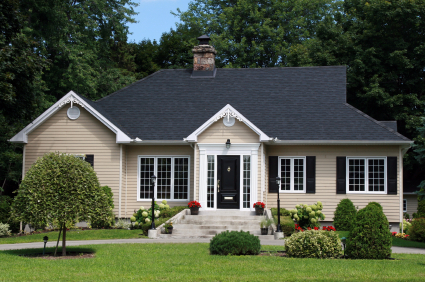
What Siding Products Do We Recommend?
After more than 18 years in the home improvement industry, we understand the differences between various brands and we choose the products we offer very carefully. We are proud to offer Alside and LP siding brands to our clients because we know they are built to our rigorous standards for quality, longevity, and performance.
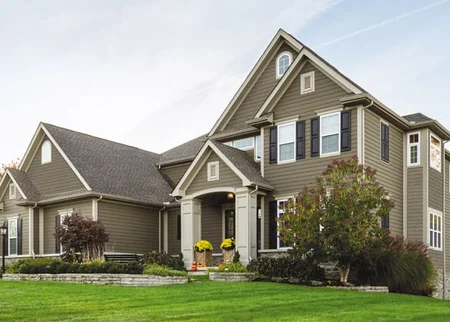
LP SmartSide
LP has redefined traditional building materials with treated engineered wood products that are designed to offer game-changing durability, beauty and workability. LP is a building industry leader in a category that’s shaping the way homes are being built. All LP® SmartSide® products are treated to the core through our proprietary LP® SmartGuard® manufacturing process. With a carefully formulated mix of resins, waxes and zinc borate, the SmartGuard process adds strength and helps LP SmartSide products offer protection against hail, moisture, termites and fungal decay.
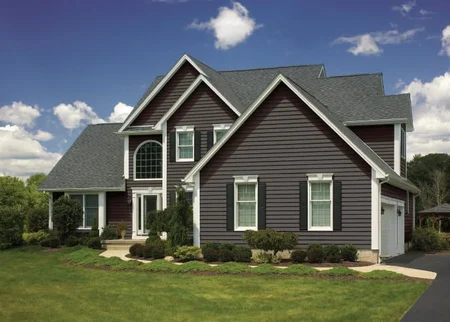
Alside Prodigy
Traditional vinyl siding is no match for the Prodigy insulated siding system. Prodigy provides excellent protection against energy loss and the distortion and fading caused by extreme weather. Prodigy’s system bonds an inner core of the thickest, high-density EPS insulation with a durable and beautiful outer layer – creating an integrated system that delivers remarkable strength and performance.
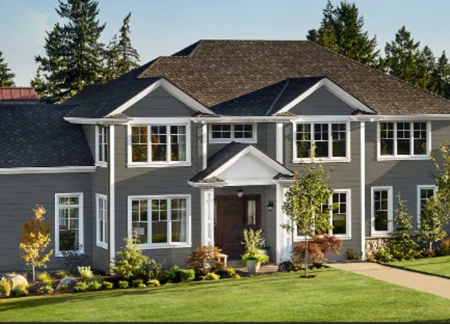
Alside Ascend
With tall exposures and the deeply grained look of real wood, ASCEND captures the high-end aesthetics today’s homeowners demand. But with ASCEND, installation is quicker and easier than fiber cement, engineered wood and other composite panels. In fact, ASCEND can often be installed with less labor required.After it’s installed, ASCEND doesn’t just perform . . . it lasts. And lasts. And lasts. Keeping that “just-installed” look for years to come with little maintenance required.
What Siding Material is Right for My Home?
Vinyl
Vinyl comes in a range of styles, including horizontal and vertical panels, and an enormous range of colors and textures. Vinyl siding has been widely available since the 1960’s, and continues to be a popular choice because it’s generally the lowest cost of all siding materials, it’s easy to install, and requires very little maintenance. The cons of Vinyl siding are that it may crack when exposed to cold temperatures, it’s susceptible to fire/heat damage, and product lines are often discontinued, making repair or replacement difficult.
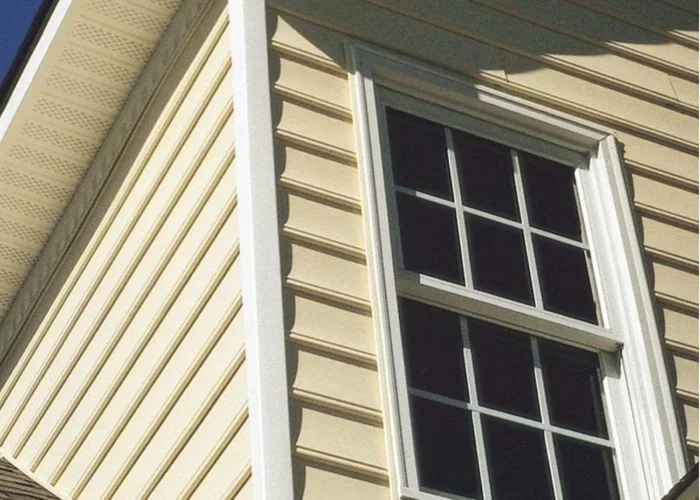
Composite
Composite siding can be made from various materials such as fiberglass, PVCs, cellulose fibers, or engineered wood fibers that have been bonded together with resins. Some modern composite sidings are bonded to foam for additional insulative value. The process used to manufacture composite siding makes it incredibly rot and insect resistant, as well as providing class A fire resistance. The warping and buckling associated with real wood siding, vinyl siding and fiber cement siding are much less of an issue with composites. Although many styles of Composite siding feature finishes that mimic real wood, it does not have the same aesthetic of natural wood.
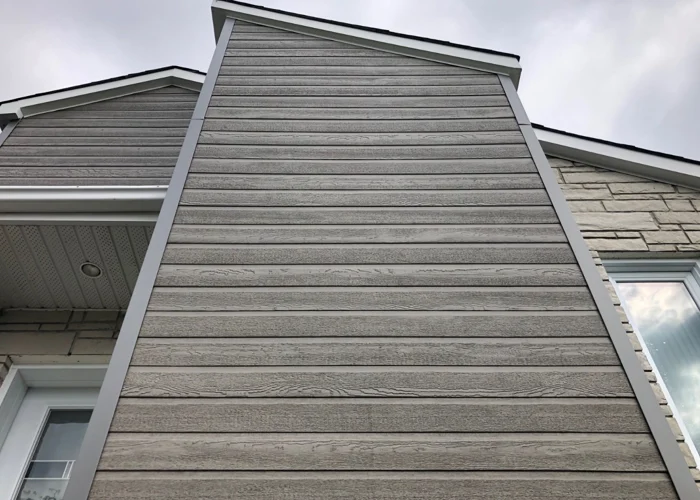
Engineered Wood
Engineered Wood siding is composed of wood strands that are coated with a resin binder and compressed to create a board. The boards are then coated with a specialized overlay that provides moisture-resistance, fade resistance, and insect repellent qualities. The finish is embossed with a cedar-grain pattern for an authentic wood appearance. The only drawback of engineered wood is it is more expensive than other types of siding.
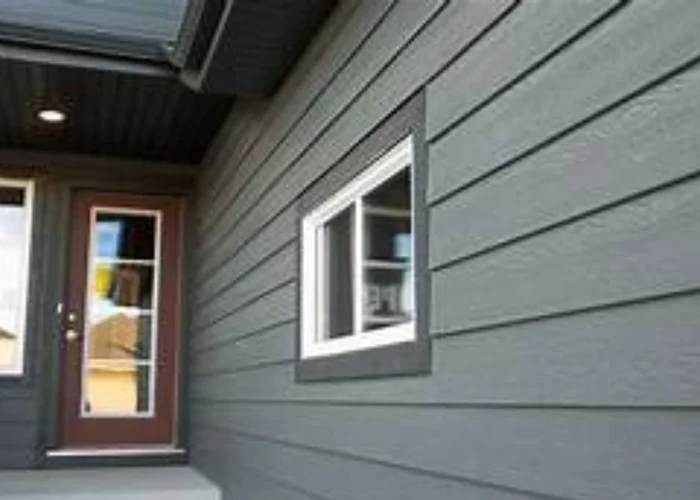
Fiber Cement
A combination of cement and wood fibers, Fiber Cement siding offers a low maintenance solution that is unaffected by heat or flame, is available in an array of color options, or can be installed primed and ready to paint. The potential drawbacks of Fiber Cement siding are that it can be susceptible to retaining moisture, is substantially more expensive than other siding options, can create environmental hazards during the installation process, and will need repainting.
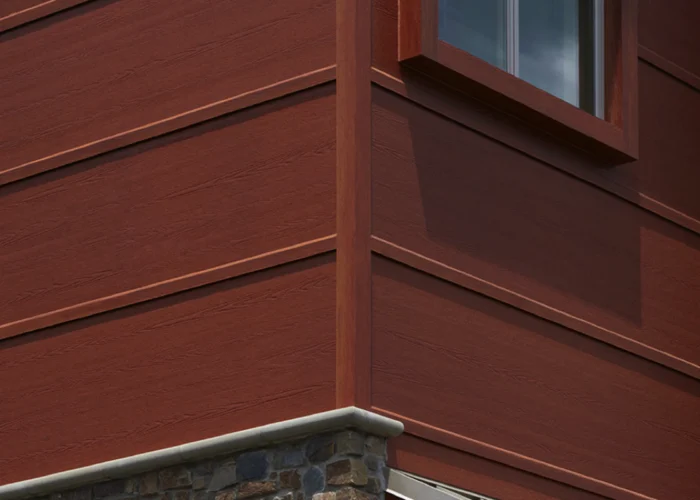
Aluminium
Since the 1950’s, Aluminum siding has been offered to homeowners looking for durability and low-maintenance. Aluminum siding resists heat, fire, and corrosion, and more modern styles have included the addition of vinyl or plastic coating to reduce fading and weathering. Possible drawbacks to consider are denting, it can be noisy during storms, and repainting needs to follow a very careful and specific process to maintain looks and durability.
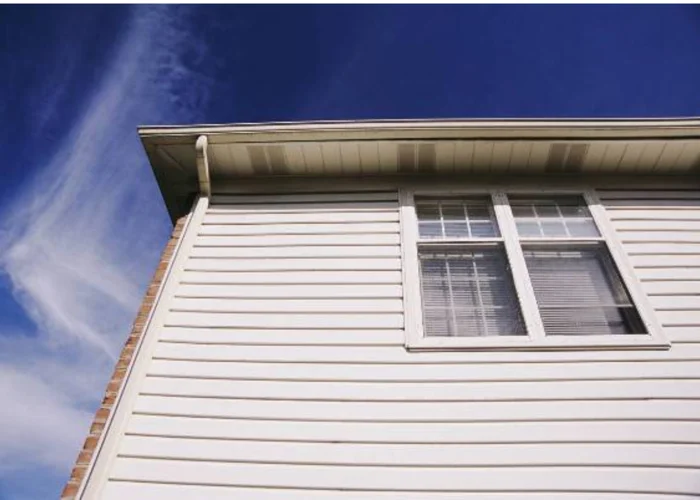
What Siding Material is Right for My Home?
Vinyl

Vinyl
Vinyl comes in a range of styles, including horizontal and vertical panels, and an enormous range of colors and textures. Vinyl siding has been widely available since the 1960’s, and continues to be a popular choice because it’s generally the lowest cost of all siding materials, it’s easy to install, and requires very little maintenance. The cons of Vinyl siding are that it may crack when exposed to cold temperatures, it’s susceptible to fire/heat damage, and product lines are often discontinued, making repair or replacement difficult.
Composite

Composite
Composite siding can be made from various materials such as fiberglass, PVCs, cellulose fibers, or engineered wood fibers that have been bonded together with resins. Some modern composite sidings are bonded to foam for additional insulative value. The process used to manufacture composite siding makes it incredibly rot and insect resistant, as well as providing class A fire resistance. The warping and buckling associated with real wood siding, vinyl siding and fiber cement siding are much less of an issue with composites. Although many styles of Composite siding feature finishes that mimic real wood, it does not have the same aesthetic of natural wood.
Engineered Wood

Engineered Wood
Engineered Wood siding is composed of wood strands that are coated with a resin binder and compressed to create a board. The boards are then coated with a specialized overlay that provides moisture-resistance, fade resistance, and insect repellent qualities. The finish is embossed with a cedar-grain pattern for an authentic wood appearance. The only drawback of engineered wood is it is more expensive than other types of siding.
Fiber Cement

Fiber Cement
A combination of cement and wood fibers, Fiber Cement siding offers a low maintenance solution that is unaffected by heat or flame, is available in an array of color options, or can be installed primed and ready to paint. The potential drawbacks of Fiber Cement siding are that it can be susceptible to retaining moisture, is substantially more expensive than other siding options, can create environmental hazards during the installation process, and will need repainting.
Aluminum

Aluminum
Since the 1950’s, Aluminum siding has been offered to homeowners looking for durability and low-maintenance. Aluminum siding resists heat, fire, and corrosion, and more modern styles have included the addition of vinyl or plastic coating to reduce fading and weathering. Possible drawbacks to consider are denting, it can be noisy during storms, and repainting needs to follow a very careful and specific process to maintain looks and durability.
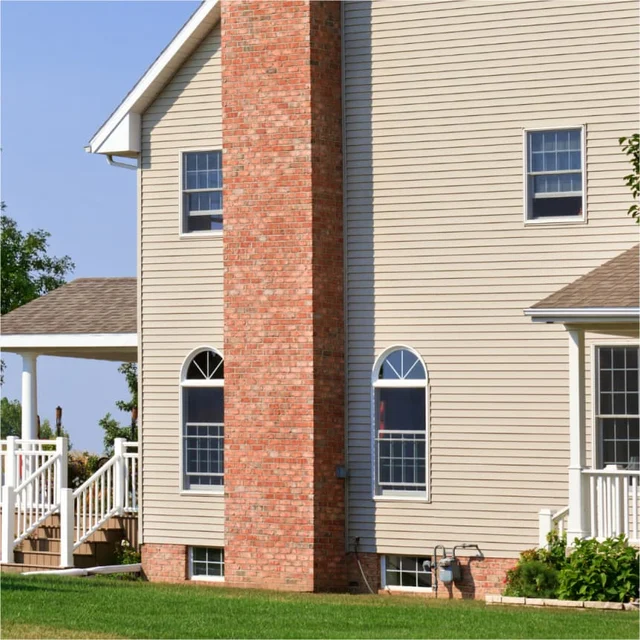
What Are Key Features to Consider When Choosing Siding for Your Home in Northern Virginia or Maryland?
If you live in Virginia or Maryland and are looking to replace the siding of your home, it is important you choose the right material for the area you live in as siding is your home’s first line of defense against the elements. Fortunately, the climate of this area is mild compared to other areas of the United States, yet this does not mean it is not susceptible to harsh weather conditions every once in a while.
Durability
It’s important that your siding will stand the test of time against warping, cracking, denting, and deterioration. That’s why Windows on Washington offers products that feature extended warranties that protect our clients and homes for years to come.
Appearance
Windows on Washington offers a variety of options to ensure our clients get the look and style that aligns with their design goals. To discover the wide range of colors and finishes available, schedule a consultation.
Maintenance Requirements
When choosing siding for your home in Northern Virginia or Maryland, the cost and effort needed to maintain your sidings is an important consideration. Windows on Washington offers siding options that need little to no maintenance, saving you time, money and effort.
Our Reviews Speak for Themselves
After nearly 2 decades in business, client satisfaction is still what drives us to provide the highest level of quality in our service and in our products. We are proud of our reputation and do everything in our power to continue to exceed our clients’ expectations.
Everyone at WoW went above and beyond, and exceeded my already high expectations. Our house is now warmer, quieter, and looks so much better!
Anne D.
Simply put, it was one of the best contracting / house project experiences we’ve had.
Trey P.
You Are 3 Easy Steps Away from Project Success!
- Schedule a No-Pressure Consultation
One of our experts will discuss your project either in your home or virtually
- Discuss Your Project
Our expert will learn about your needs, ask some questions, and suggest the best products and service for your specific project and budget, empowering you to make informed decisions
- Choose WoW and Relax!
When you choose to partner with us, you can rest assured we will take care of every detail and keep you informed every step of the way

What we don't do
Our focus is on residential siding replacement and other exterior home improvement projects in Northern Virginia and Maryland, so there are certain types of projects that we don’t take on.
- Partial siding replacement
- Siding repair
- Clean or power wash siding
- Offer maintenance services
- Asbestos removal
- Paint siding
